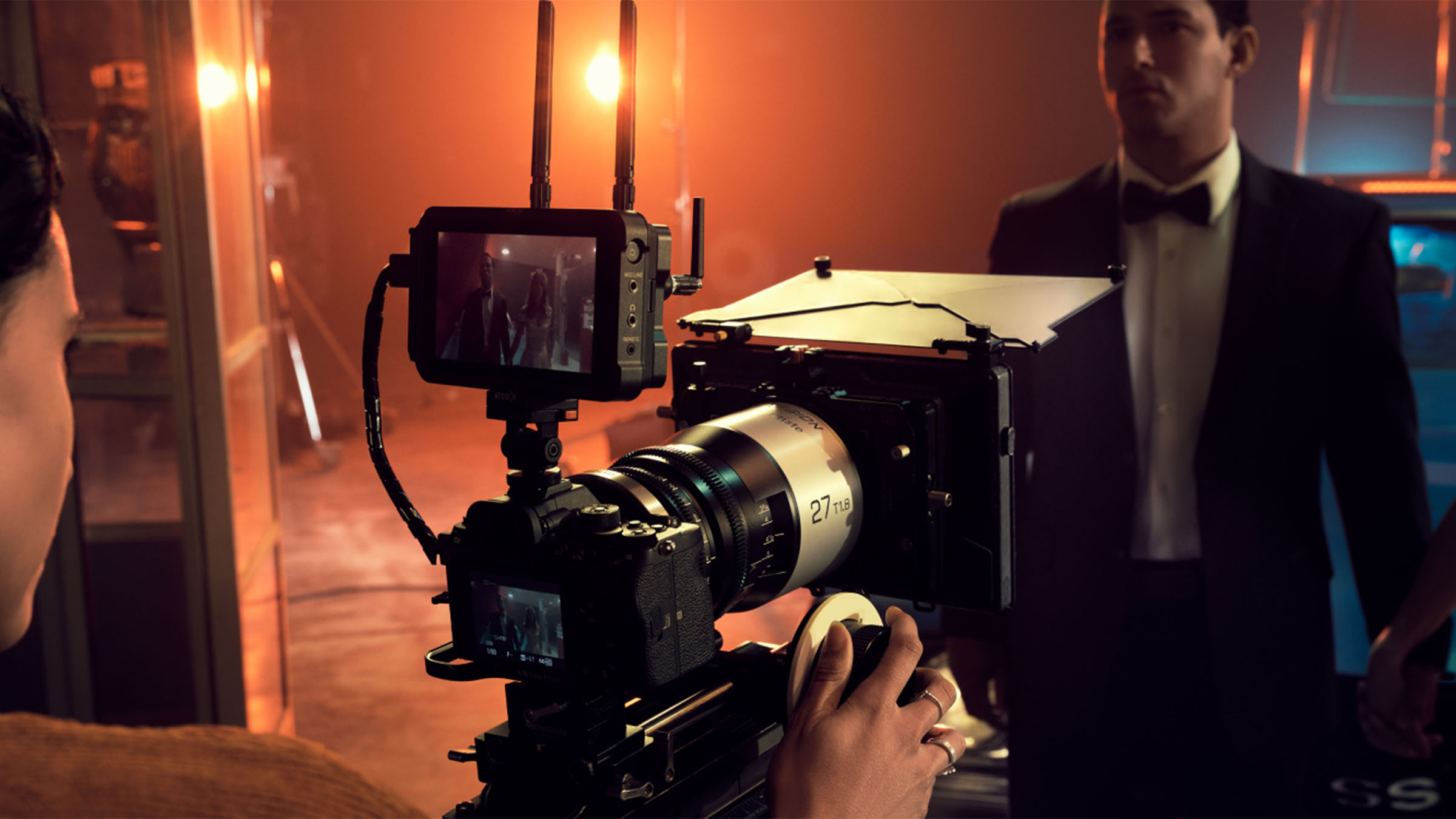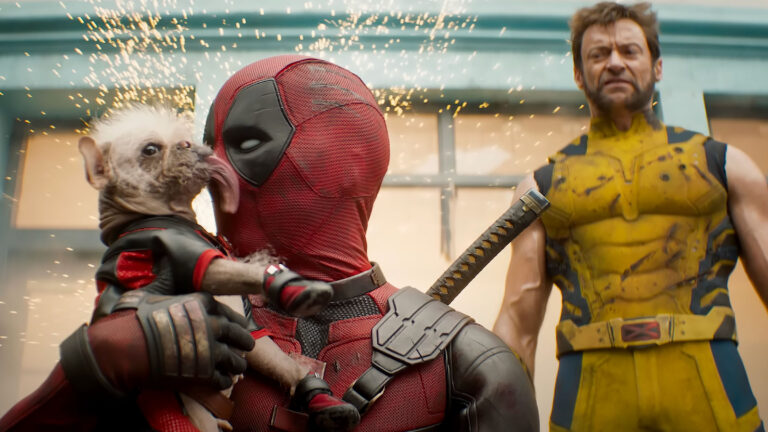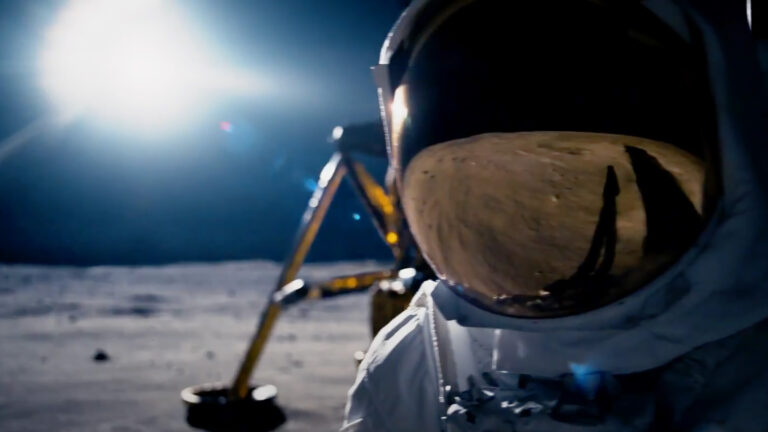At Frame.io, we’ve built a number of extremely close partnerships with software and hardware companies whose influence on filmmaking is undeniable. Of these partners, Atomos arguably addresses the widest range of camera operators and content creators, with an array of outstanding products from lightweight on-camera displays to HDR studio-grade monitor-recorders.
So we were delighted when Atomos’ SVP Paul Scurrell and John Restivo agreed to introduce us to their latest products in the CONNECT family and how they’ve been designed to work with Camera to Cloud.
Paul joined Atomos from Timecode Systems and is a specialist in wireless sync technology. He also has a long background in broadcast television—including time spent at the BBC—so he brings a wealth of experience in production and live environments to his current role.
Shawn’s first question for Paul at the 10:48 mark is “where does Atomos fit into all of this?” Because it seems that, with a wide range of products targeting an enormous cross section of use cases, Atomos can be a tricky company to define. But as Paul explains, everything they do falls into one of three groups:
- Monitor-only. Like the 5” Shinobi HDR Photo and Video Monitor.
- Monitor-recorders. Like the Ninja V and Ninja V+ models.
- Connected monitor-recorders. Like the brand new Zato CONNECT
This last category isn’t a new move for Atomos, as they started developing connected devices around three years ago. As Paul puts it at the 12-minute mark, Atomos looked at the foundational technologies at the core of their business, and asked what Atomos might do to support tomorrow’s productions.
The Atomos CONNECT family
The result of this foresight is a range of products that are ready to take on today’s network- and cloud-connected workflows, including the Shogun CONNECT, the Atomos CONNECT, and the new Zato CONNECT. All of which Paul is more than happy to show off at the 14:17 mark.
In short, the Shogun CONNECT is Atomos’ flagship product, building a fully integrated, WiFi 6 networking solution into the existing Shogun feature set. This includes a 2000-nit, 7-inch HDR screen, SDI and HDMI inputs and outputs, and recording in a range of file formats to affordable solid state media.
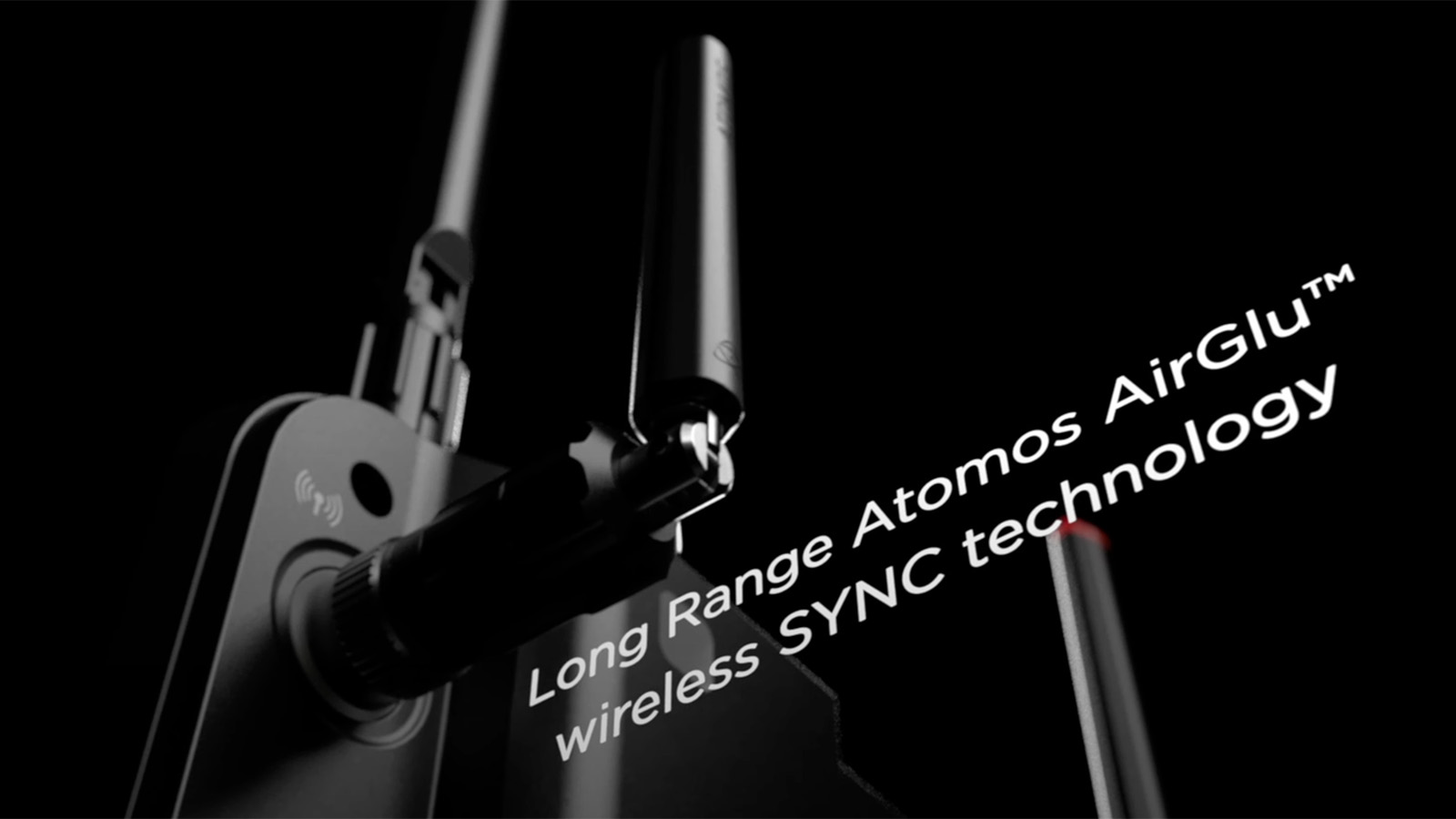
On top of this, the Shogun CONNECT also has AirGlu, a combination of long-range RF and Bluetooth-based tech unique to Atomos that adds robust wireless timecode, sync, and control functionality to the mix. As Paul explains, “For a camera-to-cloud workflow you could have fully synchronized, separate audio and other sources coming in, and know that everything has exactly the same matching timecodes.”
AirGlu is also part of the Atomos CONNECT, a bolt-on module for the Atomos Ninja and Ninja V+. So owners of these earlier models can easily adopt cloud-connected workflows without having to replace their existing hardware.
And lastly, Paul demonstrates the all-new Zato CONNECT at the 18:32 mark, which is Atomos’ entry-point product for cloud-connected workflows at $US399. Despite this low price, Paul describes it as “an absolute powerhouse” featuring webcam and HDMI inputs and outputs combined with a WiFi 5 chipset and tools like graphic overlays. A compelling mix for streamers and content creators.
Connect almost anything
At this point, you might be wondering what kinds of cameras you can use with these devices—a question that Shawn asks at the 21:19 mark—and the answer to that is almost anything. SDI, HDMI and now webcam inputs are supported, so it’s a challenge to find a product that can’t be hooked up to at least one of the devices in the CONNECT range.
To see these features in action, Shawn and Paul run a live demo of Camera to Cloud at 23:09. (And if you haven’t seen just how easy it can be to connect and start recording to the cloud in seconds, it really is worth a look.)
The Atomos CONNECT range at work
After this, Shawn dials in John Restivo, the senior sales engineer for Atomos, who shares some use cases that he’s experienced with his customers. This starts at 34:52, when he shows how the internal production crew for the Los Angeles Clippers uses Frame.io and Atomos CONNECT to accelerate their social media workflow and increase audience engagement.
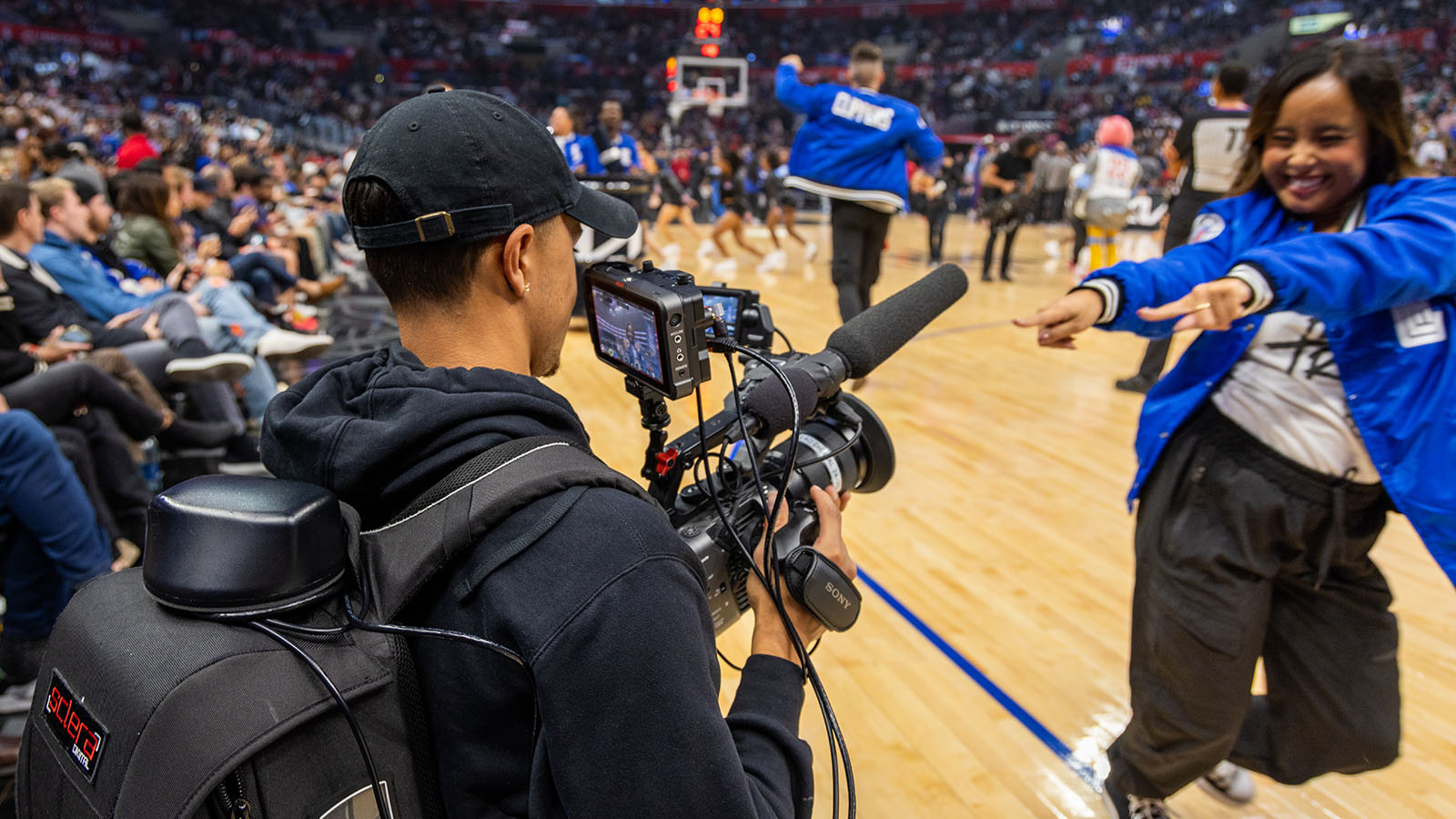
Then, at 37:15, John offers a fascinating behind the scenes look at a recent Ralph Lauren shoot, which demonstrates how Atomos’ connected workflows powered eight Sony VENICE cameras and an OB truck for a live, 20-minute fashion show.
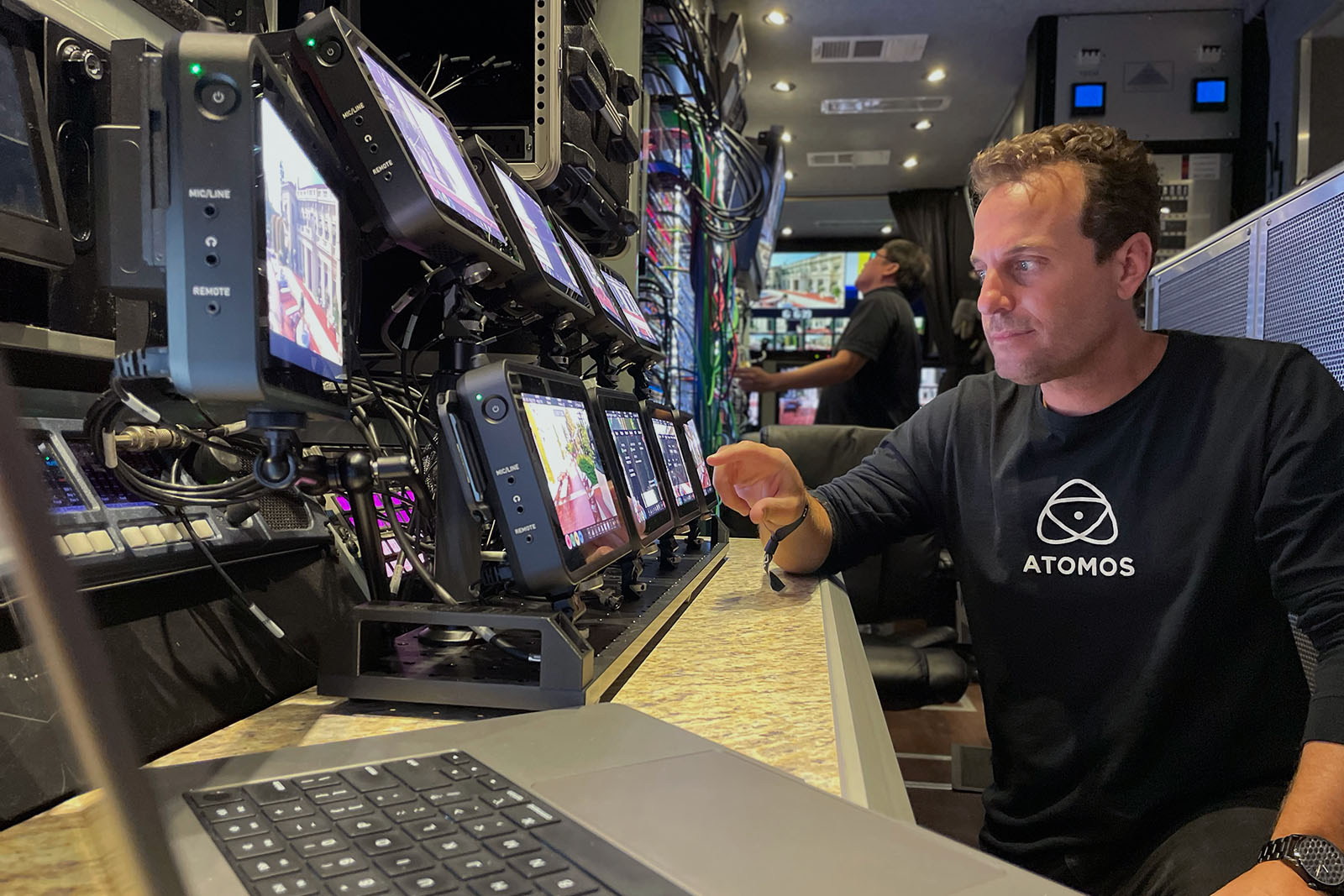
And finally, he takes us backstage for this year’s Sundance Film Festival at 39:21, which had 15 Canon C200s rigged with the Atomos Ninja 5+ and spread out all over Park City. The camera crews needed to go wherever the action was, from red carpet premieres and parties, to location b-roll and interviews. A big undertaking at the best of times, but made more challenging by the gridlocked, snowy streets surrounding the festival.
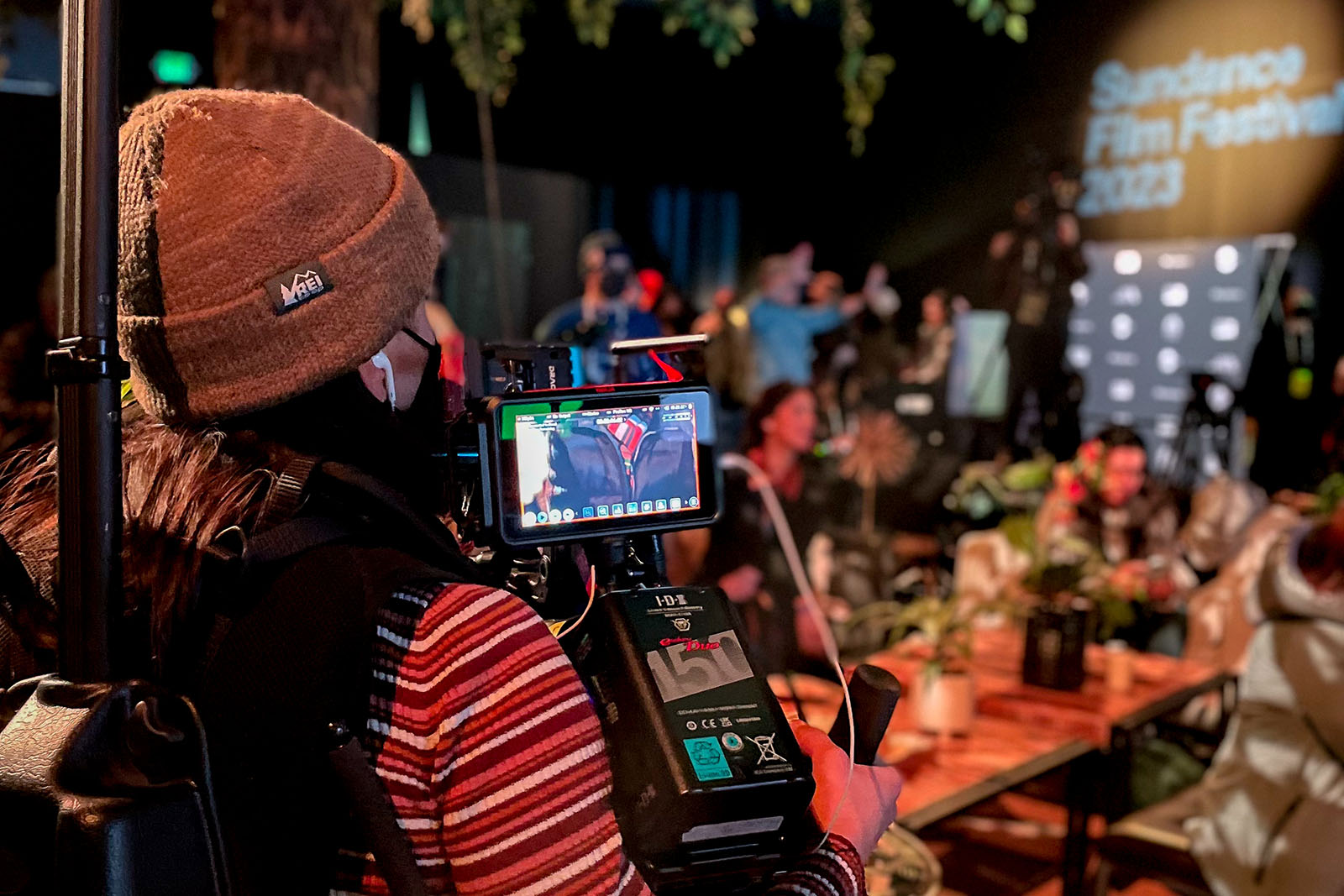
But because all of the clips were coming in from the cloud, none of the camera operators needed to drop off mags or cards before the editors could start work—a huge benefit when it’s snowing hard and the roads are moving slowly.
If you’re curious about what the future holds for Atomos, then Paul returns at the 42:36 mark with some predictions, and then we open up the webinar to take audience questions.
So all that remains is for us to thank Paul and John for their time and insight, and for taking us behind the scenes with the Clippers, Ralph Lauren, and Sundance production crews. We’re thrilled to take this cloud-connected journey with Atomos and can’t wait to see what they do with C2C next!

